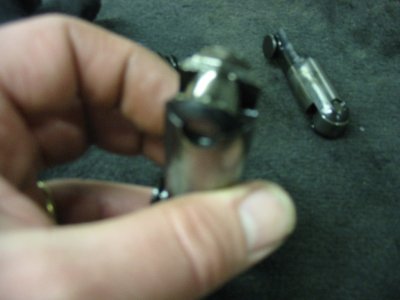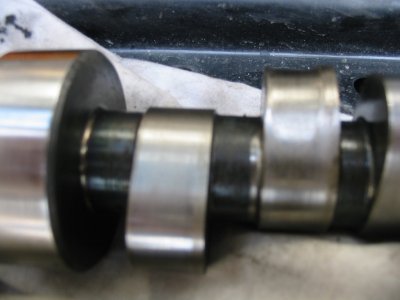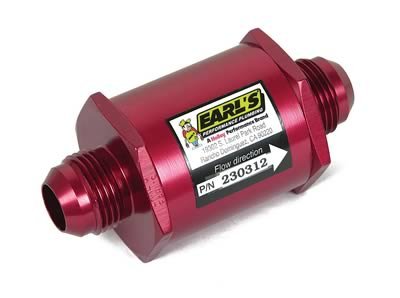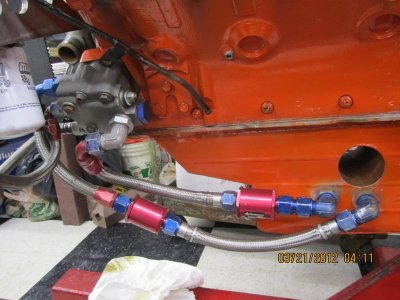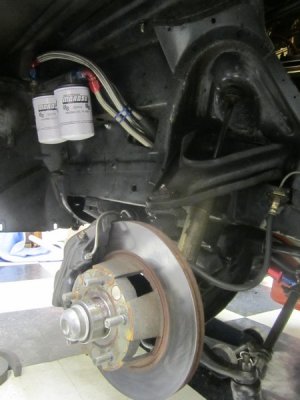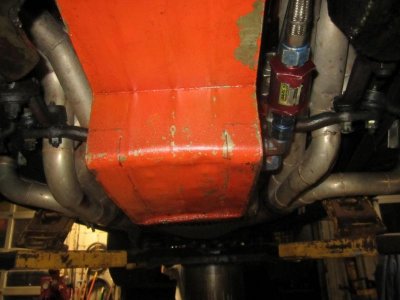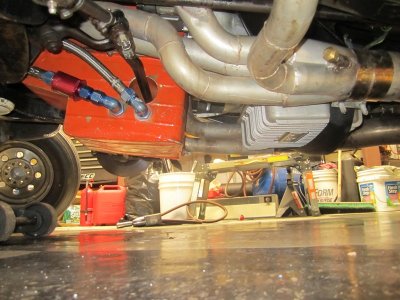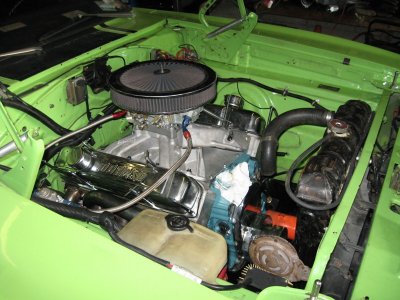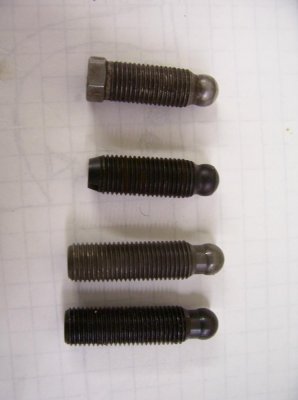So may I ask what the cure was, for total engine contamination? Other than don't break parts.
I use a Milodon oil pump & pan,same setup that's been in the MOPAR bible for 50 years.Jimi Vignogna told me to use pre-filters in the 2 oil pick up lines,and I also no longer use an oil filter with a by-pass.
Milodon pump advertises 19 gpm. I had a fram HP2 with bypass,when 19 GPM hits a filter that flows 10 or 12 GPM the by-pass opens and you filter NOTHING.When the lifter failed,I had contamination all through the oil system and on the skirts of the pistons requiring a complete tear down to clean,polish crank and replace the pistons.:angryfire:
My next lifter failure had NO contamination in the oil system,just on the inside walls and in the pan.Some flakes make it into the prefilter and oil filters,,,,,,that's it.Dropped pan,brake clean the inside of the block,clean pan and replace lifters.
Also use a duel remote oil filter housing with 2 fram NON bypass filters.
After that one I went to the Comp 848 lifters,a new cam with softer ramps and lighter springs as a package from comp.I have about 10k miles on these lifters since the last rebuild they say I didn't need.Did them anyway as PM along with the Magna Fuel pump.
- - - Updated - - -
hemi-itis, so why are the wedges burning cups? maybe oil restricters, poor push rod/rocker geometry? who even looks at push rod/rocker geometry? i getcha on the comp rollers.
I'm no expert,this is when we miss Dan the most. I don't think they get enough oil and that must make them hot and they gall.Maybe it's geometry,I'm not sure but I sure heard of it happening many times,,,,,,,,,,,,

